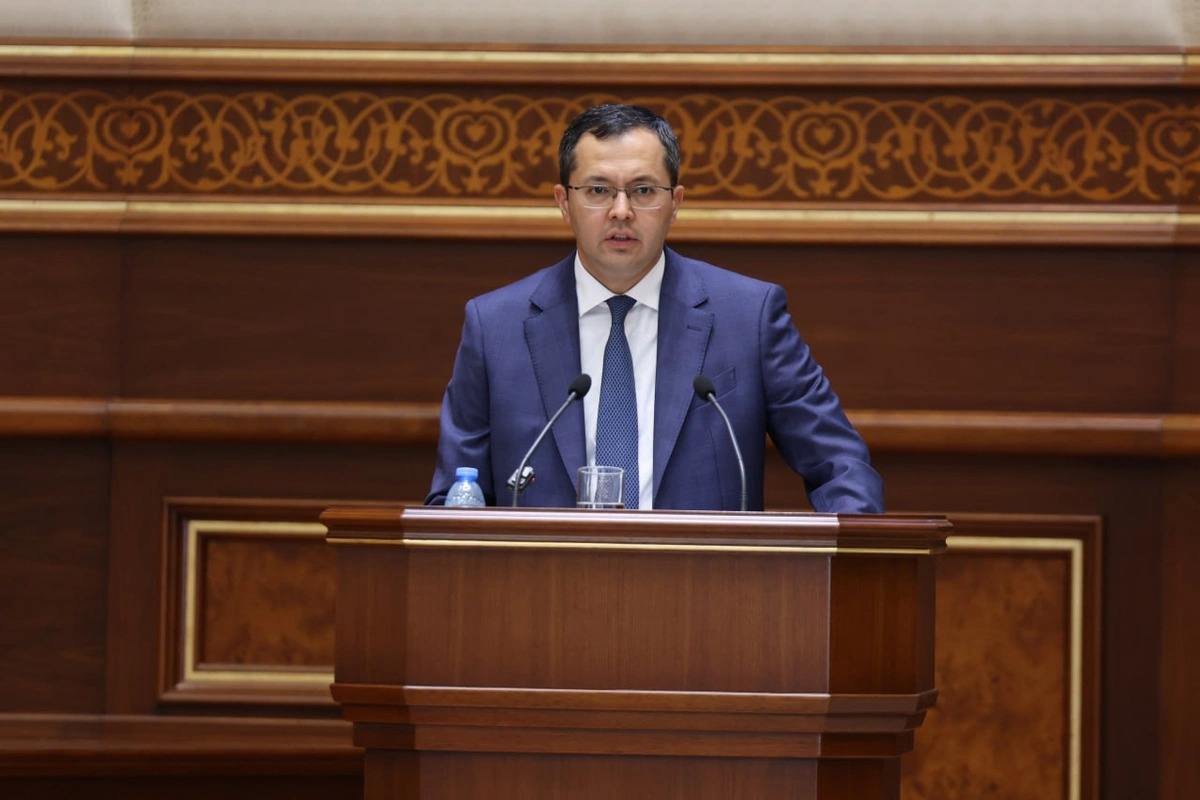The Uzbekistan’s GDP’s projected real growth in 2020 will be at 5.2–5.5%, while in 2021–2022 - at around 5.5–5.8%, the Central Bank of Uzbekistan said in a report on the main axes of monetary policies for 2020 and 2021−2022.
The growth of lending will be within the rate of the nominal GDP’s growth, in particular, in 2020 it will be at about 20–25%.
A certain reduction in the overall fiscal balance deficit is expected, as well as the formation of public debt “within the set figures”. The deficit of the general fiscal balance in 2020 is projected not to surpass 2.7% of GDP, with its gradual decrease to 1.5% in 2022.
In the backdrop of tight monetary policies and a drop in the fiscal deficit, an increase in private and foreign investments, as expected by the Central Bank, will help maintain the targeted projected economic growth rates.
Based on this, according to provisional calculations, in the coming years, the negative current account balance will decrease from 7% of GDP in 2020 to 5.9% in 2022. Covering of this deficit, mainly from external sources, in particular, investment resources, is not expected to have a sharp devaluation pressure.
In the main scenario, inflation by the year-end of 2020 will be in the range of 12–13.5%, while in 2021 it will drop to single digits, and in 2023 it will reach the main target of 5%.
According to this scenario, the current foreign economic trends will remain the same without sharp changes in the economic growth figurest of Uzbekistan’s main trade partners, as well as with the same trend in the export prices and remittances.
Tight monetary policy conditions will be kept in order to achieve the inflation target, with the maintenance of positive real interest rates in the economy.
To achieve the inflation target and bring monetary policy instruments and mechanisms in line with inflation targeting standards, in particular:
in the field of development of operational mechanisms:
- the main (key) interest rate and interest rate corridor, a set of market instruments that will ensure the effective operation of the monetary policy operational mechanism, including credit and deposit auctions, overnight loans and deposits, will be introduced, and if necessary, CB bonds will be issued;
- the domestic foreign exchange market development strategy is due, which provides for enhancing of banks’ role as market makers in the formation of the exchange rate, approaches are to be improved for conducting foreign exchange interventions, and derivatives (swaps, options and futures) are to be introduced;
- measures are to be taken to reduce segmentation in the credit market by reviewing the practice of soft loans using market principles;
in the field of building the forecast and analytical potential:
- Forecasting and Policy Analysis Systems
- methods will be developed for regular study based on empirical models of inflation factors and inflation expectations of households and businesses;
in the field of improving communication policy:
- principles of a communication policy are planned to be developed that provide for timely communication to the public and business representatives of information on the main factors of inflation and monetary policy measures;
- areas of systematic work on the implementation of effective dialogue mechanisms with market participants are to be identified.
As part of the banking system reform strategy, it is planned to transform banks into financial institutions that will help transform the savings of the population and businesses into investments and the formation of long-term financial resources in the economy.
In order to reduce non-monetary inflation factors, an in-depth analysis with the subsequent introduction of proposals to the government and interested ministries and departments are envisaged on each of the items.
The full text of the main axes of monetary policy for 2020 and 2021−2022 is expected to be published on the website of the Central Bank before November 30.











